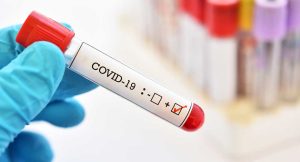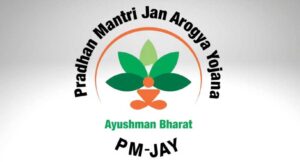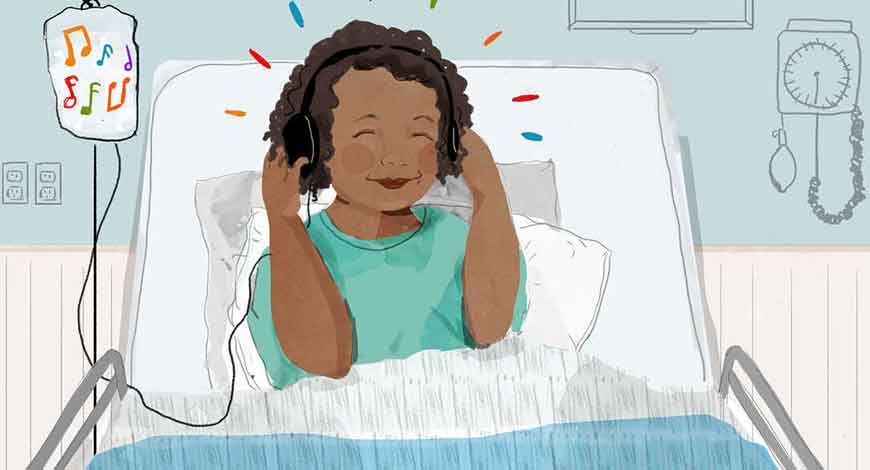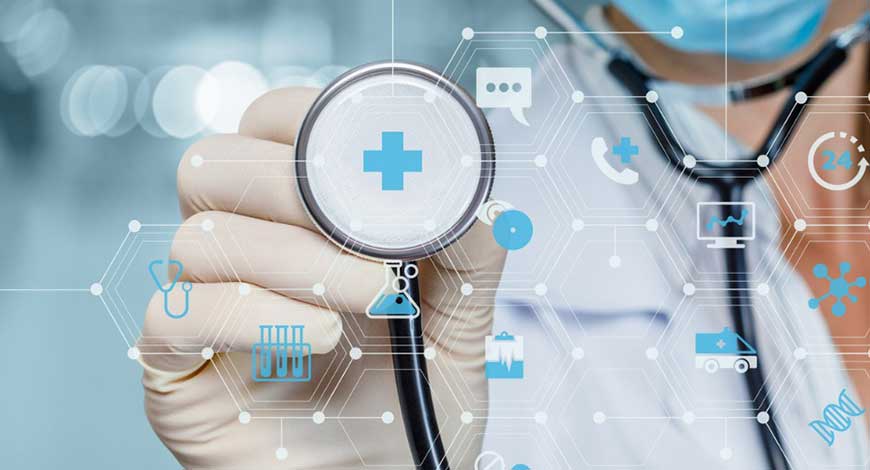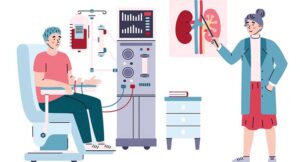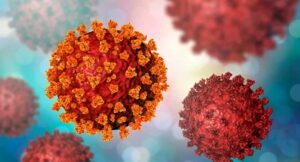Hospital trade groups widely panned the Senate Republican tax bill, and a new analysis suggests that it would see health systems spending billions more on patients without Medicaid coverage.
Hospitals would see their costs for uncompensated care rise by $443 billion over the next ten years under the Senate proposal, according to an analysis released Friday by America’s Essential Hospitals.
In 2034, hospitals would see their costs for uncompensated care rise by at least $84 billion in the Senate GOP plan, or twice as much as the $41.7 projected in the House Republican plan, the report estimates.
America’s Essential Hospitals, which represents 350 safety net hospitals and health systems, says those providers would be hit especially hard under the Senate tax plan.
Safety net hospitals, who care for greater populations of Medicaid patients, would see a disproportionate hit under the Senate plan, which critics say would result in millions of Americans losing Medicaid coverage. The Senate plan would place more restrictions on how states finance Medicaid plans and would also impose more strict work requirements, hospital groups say.
Essential hospitals would be saddled with 25% of the higher costs of uncompensated care, even though those safety net hospitals represent only 5% of the nation’s hospitals, the new report said. The report estimates that essential hospitals would see $20.8 billion in reduced aid in 2034, and $110 billion between 2025 and 2034.
“Cuts of this magnitude would disproportionately harm essential hospitals and the communities that they serve,” the report states.
Hospitals and health systems had plenty of objections to the House tax plan, but they say provisions in the Senate plan would put more restrictions on how states finance Medicaid programs. The House bill would freeze state directed payments at current levels, but the Senate plan would force 34 states to reduce payments, according to projections from America’s Essential Hospitals.
Bruce Siegel, MD, president and CEO of America’s Essential Hospitals, said in a statement earlier this week, “The draconian Medicaid cuts contained in the Senate bill would devastate health care access for millions of Americans and hollow out the vital role essential hospitals play in their communities.”
While many of America’s Essential Hospitals are based in cities, two-thirds of the group’s members operate hospitals in rural areas. Hospitals and even some Republican lawmakers have said some of the congressional proposals could hurt rural hospitals and could potentially force some of them to close.
The Catholic Health Association of the United States has warned that the Senate plan would lead to millions of people losing Medicaid coverage, and that some hospitals would have to consider dropping services or even shutting down.
Laura Kaiser, president and CEO of SSM Health, said in a news conference with Catholic hospital leaders Tuesday that some rural hospitals may be among those in the most danger. She said rural hospitals are already “facing enormous, enormous challenges, staffing shortages, rising costs, and in many cases, razor thin margins or no margin.”
“For many, Medicaid is the primary payer,” Kaiser said. “When that support is weakened, the entire system teeters. When rural hospitals close, entire communities lose lifelines, not just for chronic care, but for emergencies, childbirth, trauma, everything in between.”
Even under the House package, as many as 1.8 million Americans living in rural communities would lose coverage by 2034, according to an analysis released Monday by the American Hospital Association. Rural hospitals would lose $50.4 billion in federal Medicaid funding over the next decade, under provisions in the House plan, the association said.
Hospitals have said if millions of people lose coverage under Medicaid, then many of those Americans would likely end up coming to emergency departments for their care. And hospitals say the prospect of treating more people with no ability to pay will pose more hardships, with many health systems losing money or barely breaking even.
Hospital leaders also say many of those showing up without coverage will likely have more advanced diseases, requiring longer and more expensive stays.
The Congressional Budget Office, a nonpartisan research arm of Congress, has estimated that 10.9 million Americans would lose coverage under the House bill, the Associated Press reported. Chief Healthcare Executive

